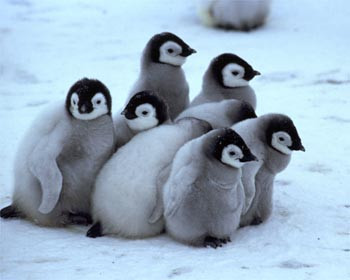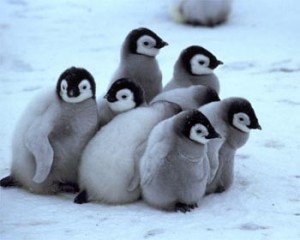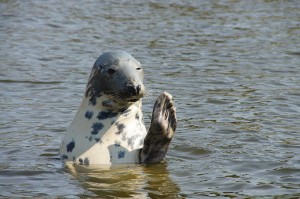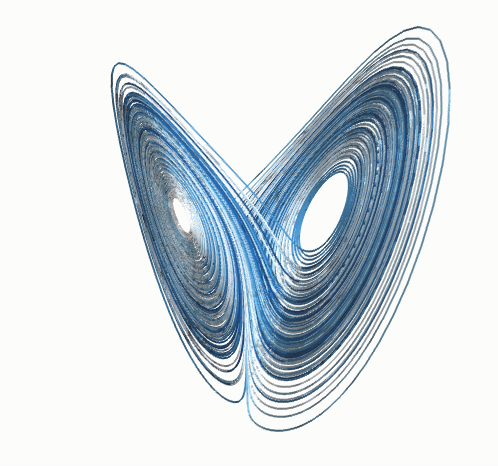As it is December now and the frost is creeping in I thought I’d talk about one of the all time favourite winter animals: the penguin! These happy footed, tuxedoed up cartoon-esque waddlers are among the most charismatic and endearing of creatures. They are favourites in films, books, documentaries, toys and of course a must on Christmas cards. Tales of their romantic dances, lifelong partnerships and working together to get through the winter have long been a part of the ‘nicer side’ of wildlife television and research. But are these loveable, laughable poster birds of cooperation and cuteness really all that genuine? Recent research would suggest not…
It has long been observed that emperor penguins form mass huddles to help prevent heat loss while they incubate their eggs amid Arctic storms. Anybody who has watched March of the Penguins can’t help but feel for the poor mites as they shuffle about with ice crystals covering their faces! Morgan Freeman also gives a heart warming narrative of their struggles during this time and how they “take turns” to be at the centre of these huddles so nobody is left at the edges long enough to freeze entirely. Nice thought, but it seems not quite the reality. A paper published in Plos one last week looked at the mathematics of the famous penguin huddles. What they found was that the shape and movement of these huddles over time was most accurately (although not perfectly) described by individual penguins setting out to minimize their own heat loss, rather than generously taking turns. Penguins at the edges seek to move toward the centre while those in the centre have neither the space nor inclination to move anywhere so remain stationary. The result is a dynamic huddle that actually achieves pretty uniform heat loss from the huddle. So in this case being selfish can benefit the group.
This is not the first account of penguins acting in a less than Disney-like fashion: they have been observed stealing pebbles from neighbours’ nests and waiting to see whether other, more hungry, souls fare okay in orca/seal infested waters before jumping in themselves. There are stories too of them pushing their fellows off ice floats in to swelling seas to check for leopard seals but these are largely dispelled by researchers as misconceptions of the unfortunate results of the hustle and bustle of clumsy penguins perched on cliff edges!
I’m sorry to shatter any illusions of a wholly philanthropist snuggly-for-the-sake-of-it penguin but it is another nice example of how we humans often choose to perceive interactions in the animal world based on our own ideas of moral obligation: we like to see penguins cuddling in the cold to say “see what we can face when we work together?” Don’t worry though, I am sure that none of these findings will do much to shake the penguins off of their happy-go-lucky, cuddly pedestals and they will still be a key player in the Christmas festivities and focus points of many a blockbuster documentary to come. After all, who can resist that waddle!?
Author
Deirdre McClean: mccleadm[at]tcd.ie
Photo credit
www.funnycutepics.com






